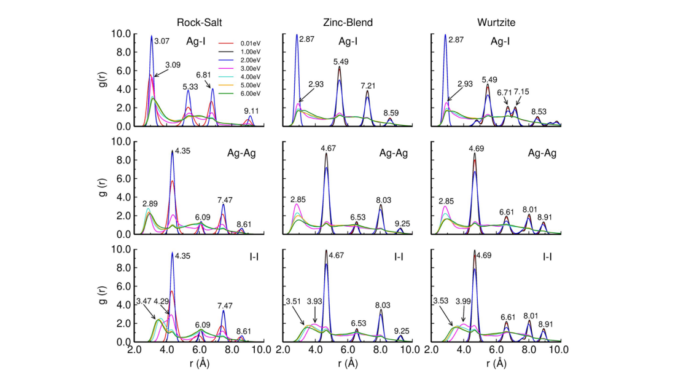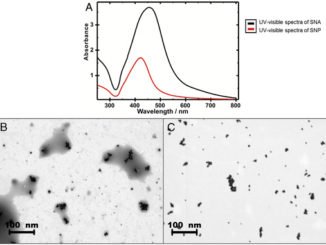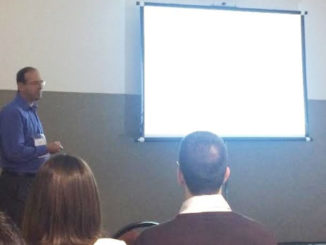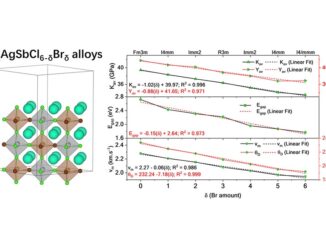
Disentangling the Effects of Laser and Electron Irradiation on AgX (X = Cl, Br, and I): Insights from Quantum Chemical Calculations
Abstract: The effects on the lattice structure and electronic properties of different polymorphs of silver halide, AgX (X = Cl, Br, and I), induced by laser irradiation (LI) and electron irradiation (EI) are investigated using a first-principles approach, based on the electronic temperature (Te) within a two-temperature model (TTM) and by increasing the total number of electrons (Ne), respectively. Ab initio molecular dynamics (AIMD) simulations provide a clear visualization of how Te and Ne induce a structural and electronic transformation process during LI/EI. Our results reveal the diffusion processes of Ag and X ions, the amorphization of the AgX lattices, and a straightforward interpretation of the time evolution for the formation of Ag and X nanoclusters under high values of Te and Ne. Overall, the present work provides fine details of the underlying mechanism of LI/EI and promises to be a powerful toolbox for further cross-scale modeling of other semiconductors.
Author(s): Luis Cabral, Edson R. Leite, Elson Longo, Miguel A. San-Miguel, Edison Z. da Silva, and Juan Andrés
Nano Lett.
Published: January 22, 2024
DOI: https://doi.org/10.1021/acs.nanolett.3c04130
CDMF
The CDMF, hosted at the Federal University of São Carlos (UFSCar), is one of the Research, Innovation and Dissemination Centers (RIDC) supported by the São Paulo State Research Support Foundation (Fapesp), and also receives investment from the National Council Scientific and Technological Development (CNPq), from the National Institute of Science and Technology of Materials in Nanotechnology (INCTMN).




